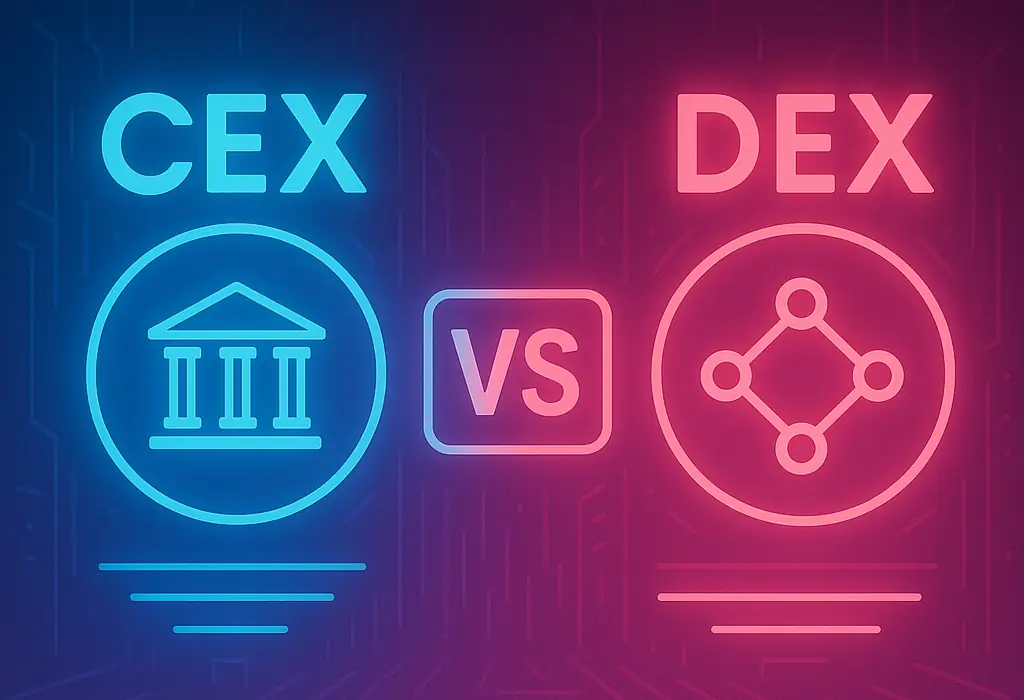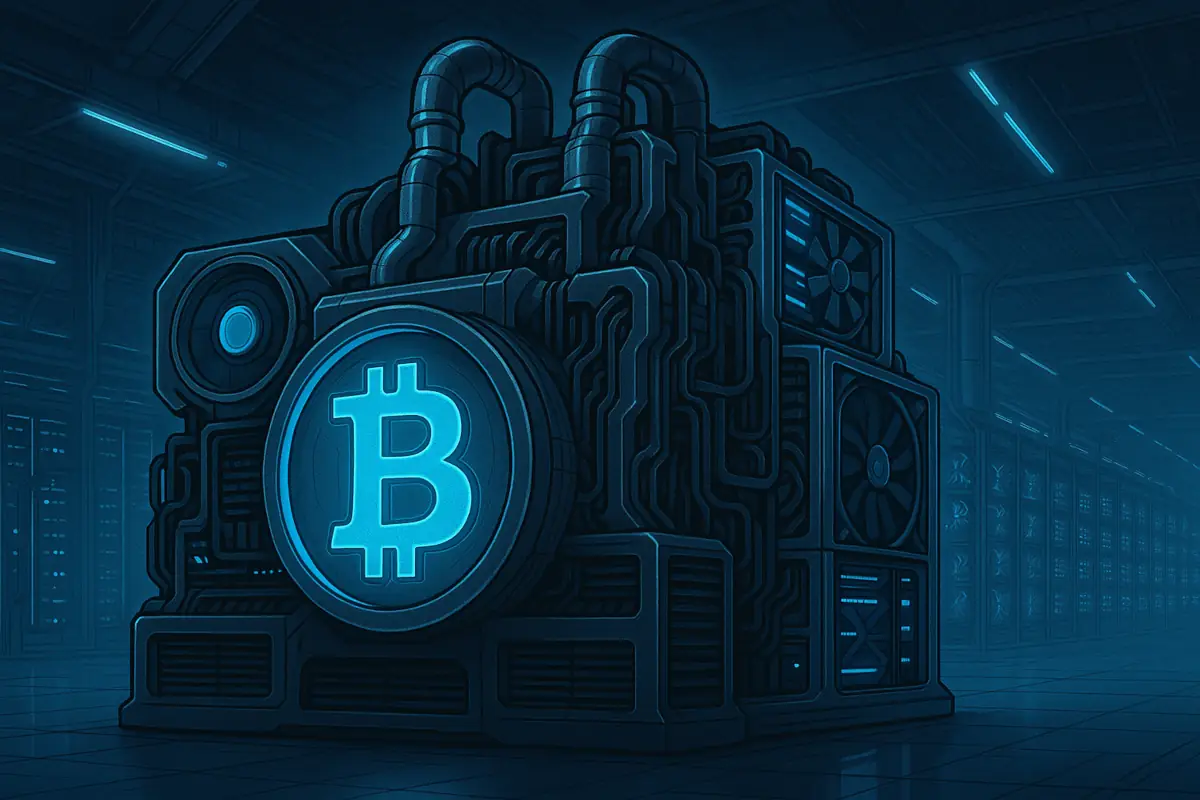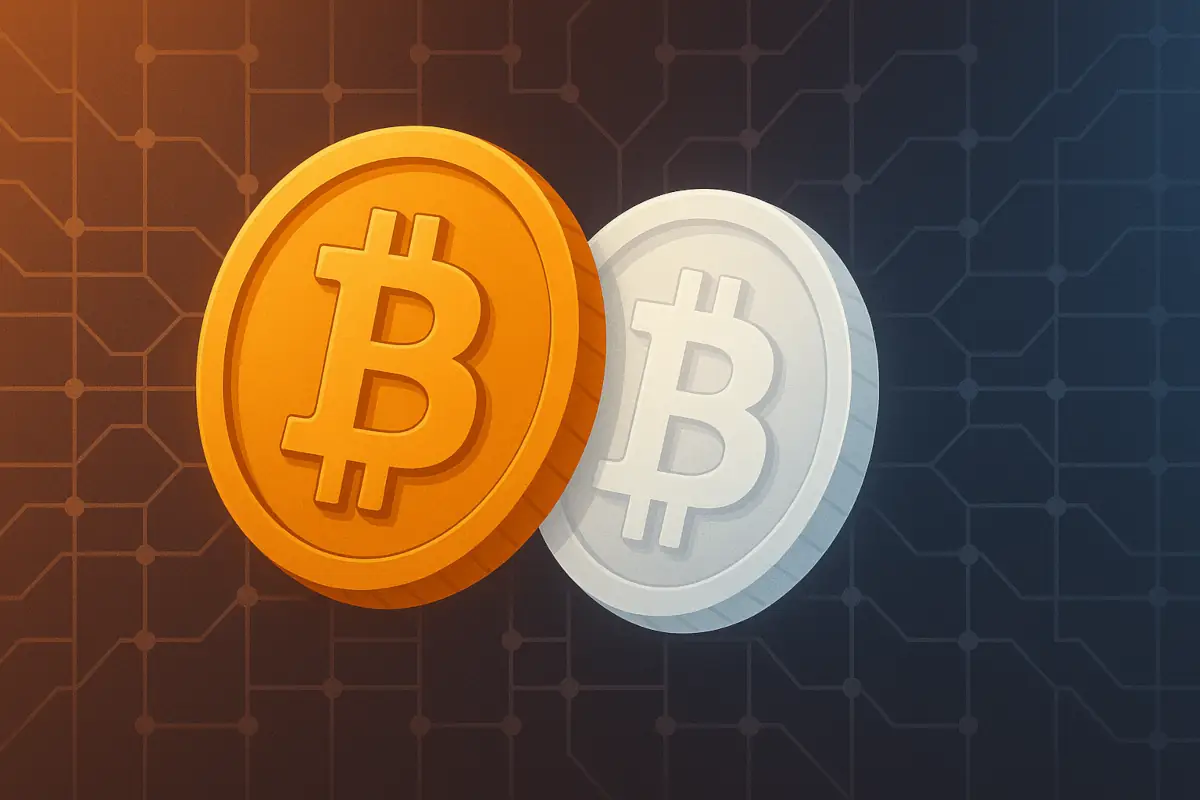Cryptocurrency’s rise has brought with it a clash of ideologies – and platforms. On one side stand centralized exchanges (CEXs), controlled and managed by companies like Binance. On the other hand, decentralized exchanges (DEXs) promise freedom, privacy, and full asset control. While they seem to serve the same purpose, their vision couldn’t be more different. Each camp has its die-hard supporters, and both continue to change, but recent shifts reveal that DEXs may be turning a corner – and fast.
The volume ratio of DEXs to CEXs hit a record high of 20%, as revealed by Hayden Adams, founder of Uniswap. This figure, confirmed by data from The Block, surprised many in the crypto community. Traders begin to shift from platforms built on control to systems rooted in code and autonomy.
Table of Contents
How the CEX and DEX Differ at Their Core
At a glance, a centralized exchange looks like the friendlier option. Signing up is a lot like opening an online bank account. Submit your ID, get verified, and you’re good to go. The platform, like Binance, handles the technical side and even protects you from mistakes. If you forget your password or send coins to the wrong place, customer support can save the day.
A DEX, by contrast, throws you into the deep end. No signup. No helpdesk. Just connect your wallet and start trading. It’s built on smart contracts – lines of code that run automatically on blockchain networks. There’s no middleman, and trades come straight from liquidity pools funded by other users.
For new users, this contrast is massive. CEXs offer a smoother onboarding process and tools like fiat gateways and trading dashboards. For crypto veterans, though, DEXs offer something far more valuable – control. Here are some of the main differences between CEXs and DEXs:
| CEX | DEX | |
|---|---|---|
| Examples | Binance, Bybit, Coinbase | Hyperliquid, Uniswap, Raydium |
| User control | Exchange holds funds | User holds private keys |
| Trading Mechanism | Order book | Automated Market Maker (AMM) |
| Liquidity/Volume | High | Lower than on major CEXs |
| KYC Requirement | Yes | No |
| Support | Available | None |
| Complexity | Beginner-friendly | Requires knowledge |
| FIAT support | Yes | Rarely |
CEXs Go Beyond Just Buying and Selling
Centralized exchanges like Binance don’t just simplify the process – they offer more than just trading. You’ll find staking, NFT markets, P2P trading, launchpads, and credit card support all under one digital roof. For most people starting their crypto journey, it’s convenient and intuitive. CEXs also provide learning hubs designed to educate beginners at every step.
In terms of liquidity, CEXs remain the heavyweight champions. With larger user bases and deeper order books, prices are more stable, and trades happen faster. And for those handling significant volumes, CEXs minimize slippage – a major concern on less liquid DEXs.
They also handle the messier parts of crypto. You don’t have to worry about gas fees or writing down seed phrases. That security net, though comforting, comes with a cost.
What CEXs Won’t Tell You
Here’s where things take a darker turn. All those comforts mean handing over control. When you deposit funds into a CEX, the exchange owns the private keys. You trust them not just with your crypto but with your ability to access it. History hasn’t always been kind to that trust.
The Mt. Gox disaster is a sobering reminder. Once the biggest Bitcoin exchange, it collapsed in 2014 after 850,000 BTC were stolen. Billions vanished overnight. And while security has improved, no system is invincible. Centralized platforms remain prime targets for hackers.
Read also: Bybit Loses $1.4 Billion in Sophisticated Phishing Attack
CEXs also charge for nearly everything – trading, withdrawing, and often even hidden fees baked into conversions. And if the exchange goes bankrupt or freezes withdrawals, your funds could become part of a legal tug-of-war. Like banks during a crisis, they can lock you out without warning.
The Decentralized Way: Risky, Raw, and Real
Decentralized exchanges strip away the layers and throw open the doors. There’s no registration, no KYC, and no middlemen. You hold your private keys, and you decide what to do with your funds. For privacy-conscious users, that’s gold.
You don’t need permission. All that’s required is a wallet and enough crypto to cover fees. With a single EVM-compatible wallet, users can access an entire world of DeFi tools, tokens, and projects not available anywhere else.
But it’s not without its pitfalls. The learning curve is steep. Wallet setups, gas fees, slippage settings, and liquidity pools can easily overwhelm. And unlike a CEX, a DEX won’t forgive a mistake. Send your funds to the wrong contract, and they’re gone forever.
When Freedom Has a Price: DEX Limitations
Despite their appeal, DEXs still lag in liquidity. Large trades can skew token prices due to shallow market depth. Many DEXs don’t offer credit card support, making fiat entry points limited. And don’t expect margin trading or futures – those features are mostly absent in the decentralized realm.
Still, for experienced traders and DeFi explorers, DEXs unlock early access to new projects. Many of the most promising tokens start on DEXs before CEXs list them. That first-mover advantage can be the difference between life-changing gains and missed opportunities.
Privacy, too, remains a major selling point. You don’t hand over your ID or personal information, removing a key vector for identity theft or government tracking. In an age of digital surveillance, this autonomy matters.
What Should You Use?
If you’re starting your crypto journey, there’s no shame in choosing comfort. A CEX makes it easy to buy your first token and learn the ropes. The safety net is real, and mistakes won’t always cost you everything.
But as your confidence grows, dipping into the DEX world can offer unmatched independence. DEXs are where you’ll find the edge, whether that’s early access to tokens or the sheer freedom of being your own custodian. It’s a tradeoff – ease versus control, safety versus sovereignty.
Read also: Not Your Keys, Not Your Crypto: Why You Should Have a Cold Wallet




